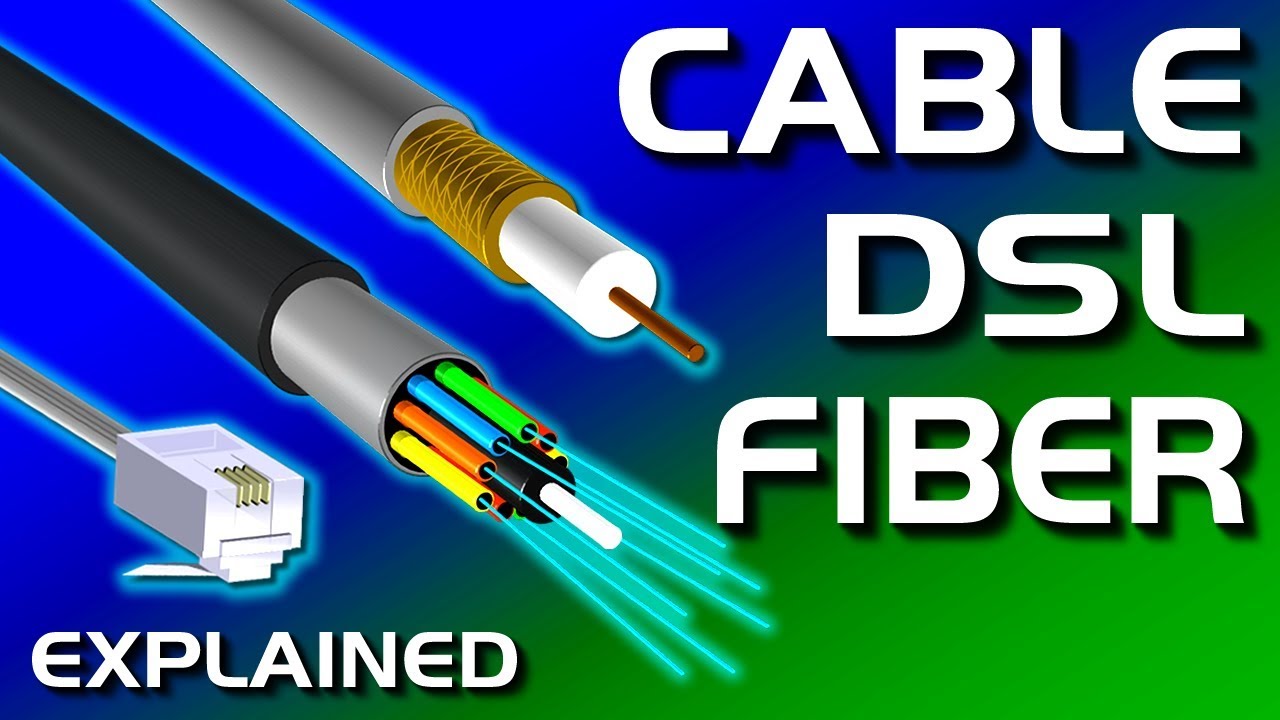MazeCreator DSL • December 2025
Still using DSL service?
Broadband for everyone
With the increasing dependence of modern-day living on the internet, having high-speed internet service in single family homes is no longer a luxury, but a necessity. In this paper, we will analyze the importance of high-speed internet service for single family homes, highlighting the benefits and drawbacks of bundling HDTV and Phone service with broadband. Maybe you are stil stuck with DSL service?
Without high-speed internet service in single family homes, entertainment options are limited. Streaming content, online gaming, and video conferencing require high-speed internet connections to function optimally. Slow internet speeds can lead to buffering and long wait times, which can be frustrating for users. In addition, slow internet speeds can make it impossible to complete everyday tasks such as checking emails, browsing websites, and completing online forms.
One of the biggest benefits of bundling HDTV and Phone services with broadband is the convenience it offers. With a bundled package, you only need to pay one monthly bill for all your services, making budgeting easier. Furthermore, most bundled packages offer discounts, which helps you save money while enjoying top-quality entertainment services.
However, one drawback of bundling services is that you may not get the most suitable package for your needs. For example, if you rarely watch TV, bundling a TV package with broadband may not be the best option for you. Furthermore, if you bundle with a service provider that does not offer the speeds you require, you may end up with slow or unreliable internet connections.
A data-driven approach reveals that the demand for fast access to streaming content and online gaming is growing rapidly. According to a recent report by Statista, the global video streaming market is expected to reach USD 125.4 billion by 2025, indicating a significant need for high-speed internet connections to stream content.
To ensure the best broadband and additional service options, it is important to research service providers in your area. Consider factors such as the speed of the service, the reliability or uptime of the network, and the quality of customer service. It is also worthwhile to consider the cost of the package and any discounts available for bundling services.
High-speed internet service is vital for single family homes, as it enables access to entertainment options and everyday tasks such as checking emails and browsing websites. Bundling HDTV and Phone services with broadband offers convenience and cost-saving benefits. However, it is important to consider your specific needs and research service providers to ensure you get the best package for your needs.





